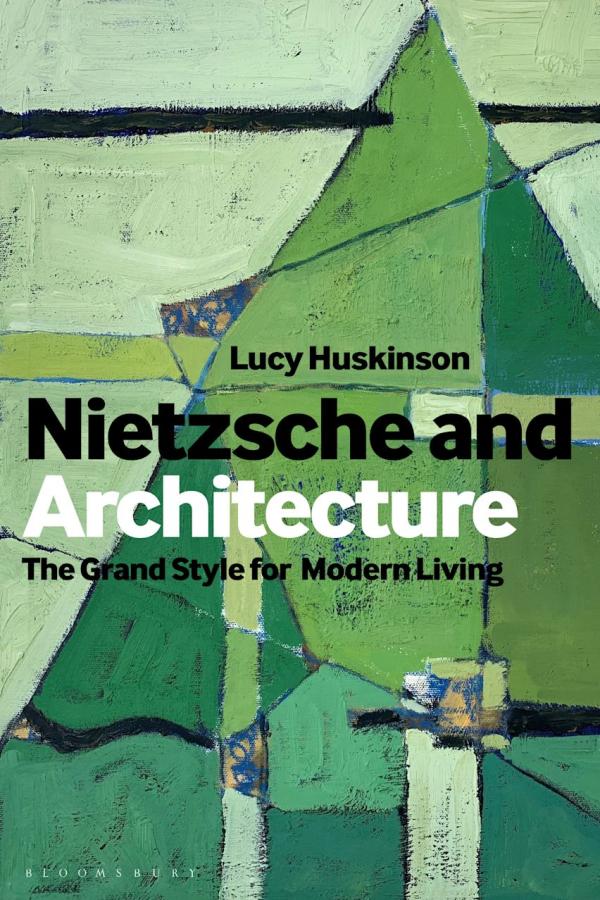
Nietzsche and Architecture delves deep into the German philosopher’s influence on architectural theory, highlighting how his ideas shaped the development of modern architectural movements. The book is structured into two parts, first unpacking Nietzsche’s own thoughts on architecture—touching on concepts like rhythm, ornament, style, and power—and then examining his lasting architectural legacy.

Professor Huskinson masterfully connects Nietzschean philosophy to iconic architects and thinkers such as Bruno Taut, Peter Behrens, and Louis H. Sullivan, while also addressing cultural movements such as Bauhaus and the more controversial 'Nazi architecture.' By placing Nietzsche’s thought in conversation with these major figures and movements, Professor Huskinson sheds new light on how architecture embodies philosophical ideas.
This publication is essential reading for scholars of architectural history and theory, as well as Nietzschean philosophy. Professor Huskinson’s work not only provides new insights into the 19th and early 20th centuries but also underscores Nietzsche’s continued relevance to the field of architecture today.
In Nietzsche and Architecture, Professor Huskinson continues her trailblazing work in bridging philosophy with other disciplines, offering fresh perspectives on Nietzsche’s enduring influence.
The book is published by Bloomsbury and is available for purchase.

